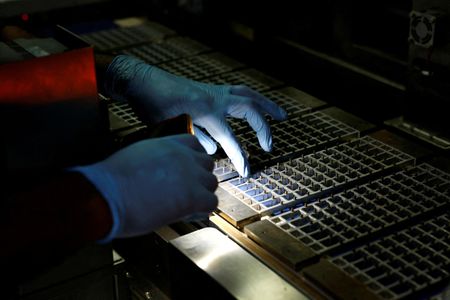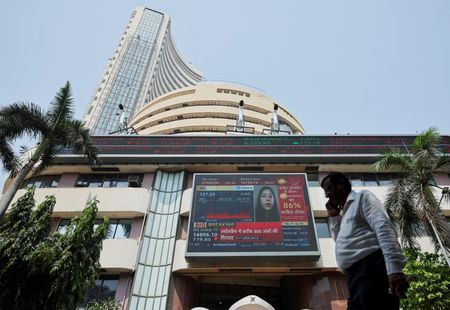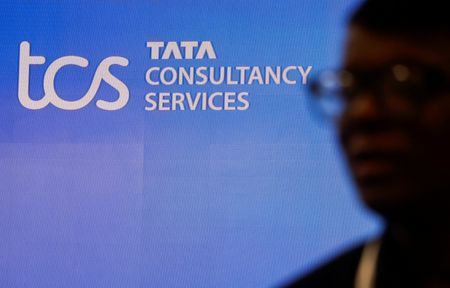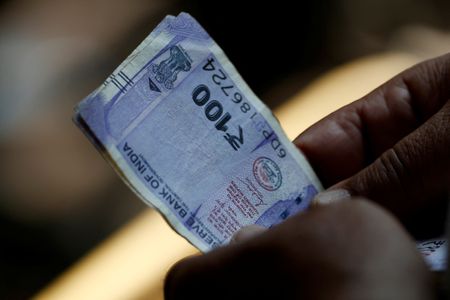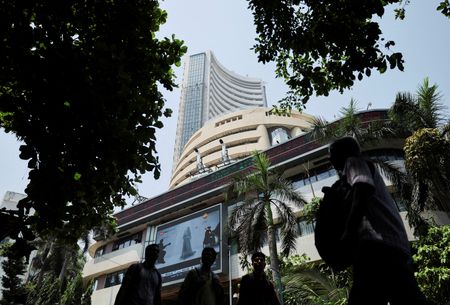By Sethuraman N R
NEW DELHI (Reuters) -India’s solar module manufacturing industry is headed for consolidation over the next three to five years as overcapacity and rapid technology shifts squeeze smaller players, ICRA analysts said on Thursday.
The country has authorised about 110 gigawatts (GW) of module capacity under its approved list of models and manufacturers, but only 70–75% of that can adapt to newer technologies such as ToPCon and bifacial modules, the analysts said.
While India’s module production capacity is expected to increase to 165 GW, the country’s solar project installations are likely to be around 45-50 GW, leading to a potential overcapacity.
Bifacial modules can absorb sunlight via both front and rear surfaces, while modules made with TOPCon cells have improved electron flow and lead to lower losses.
The manufacturing segment requires scale and integrated presence across the value chain, which is technology- and capital-intensive, said Girishkumar Kadam, senior vice president and group head at ICRA.
Not all players can sustain that, so consolidation is inevitable, Kadam said.
The Indian government plans to push cell makers to integrate backwards into wafer and ingot production by 2028 to reduce dependence on Chinese imports, adding further pressure on manufacturers to invest heavily.
The expected shake-up comes amid a crowded market and falling module prices, driven by global oversupply and China’s dominance in the solar value chain.
India’s module exports to the U.S., a key market, is expected to slow down due to investigations of Chinese content in Indian products as well as higher tariffs, the analysts said.
Players with older technologies and only module capacities will likely be the first to exit the space, while companies with a deeper integration in producing cells, ingots and wafers stand to benefit in the long run, said Ankit Jain, vice president and co-group head at ICRA.
(Reporting by Sethuraman NR; Editing by Sonia Cheema)

